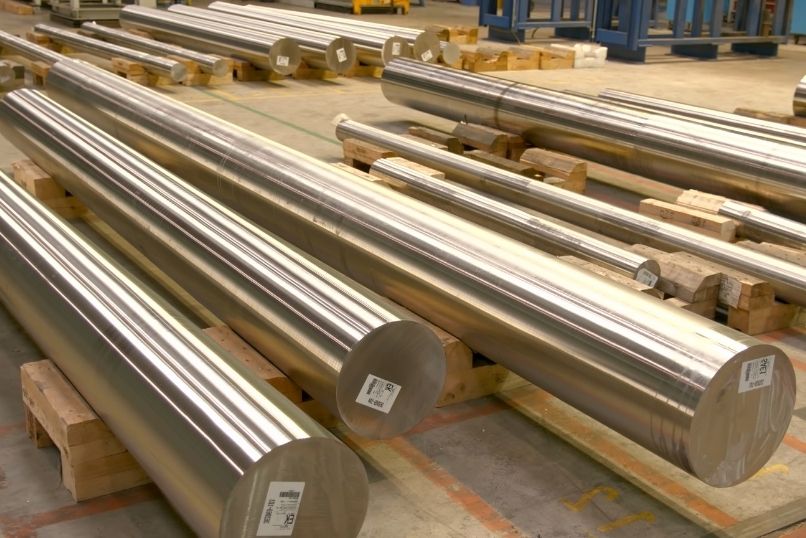The material components of the equipment used for thermal processing are an essential choice that needs the manufacturer needs to make. There are many factors to consider when choosing a material, as even the smallest difference in the makeup of an alloy can make a large difference in its ability to process heat. You can’t always go by the lab-tested results of different materials; the prolonged exposure to heat can change the results based on which alloy is used. To keep you in the loop, here are some material considerations for thermal processing equipment.
Temperature
It would stand to reason that the temperature a particular alloy can handle is all you really need to know in order to choose the right one. While the highest temperature an alloy can handle is important to keep in mind, it’s a combination of this and other factors that will ultimately guide you to the right decision. Don’t fall into the trap of choosing something simply because it can withstand the highest temperature, as the other factors on this list will greatly affect an alloy’s efficacy.
Thermal Stability
The highest temperature an alloy can handle is one consideration for your thermal processing equipment material, but you must consider how long that metal will be at that temperature, as well. Extended exposure to heat can cause certain alloys to become brittle and hard to work with. For example, alloys that are higher in chromium can produce a brittle intermetallic component known as sigma phase when exposed to high heat for longer periods of time. Nickel alloys, on the other hand, are less likely to become as brittle.
Oxidation
As with all metals, oxidation is always a concern when considering a material for thermal processing equipment. Make sure you understand the differences in how well your material of choice can stand up to oxidation compared to other materials. Chromium, nickel, aluminum, and silicon are all good choices for alloy mixtures, should your material need to be extra resistant to the effects of oxidation.
Carburization
Carburization is the process of a metal absorbing carbon into itself. Carburization is to be avoided whenever possible, as it contributes to a brittle metal. Thankfully, there are some elements that offer resistance to carburization. These include nickel, chromium, and silicon, and knowing how much your alloy of choice has of each of these elements is critical to preventing your material from absorbing too much carbon and becoming brittle.
Wieland Diversified has been in the alloy game for a long time, and we know these are just a few of the most important considerations when you’re choosing a material for thermal processing equipment. If you’d like to know more about your options, don’t hesitate to give us a call.

